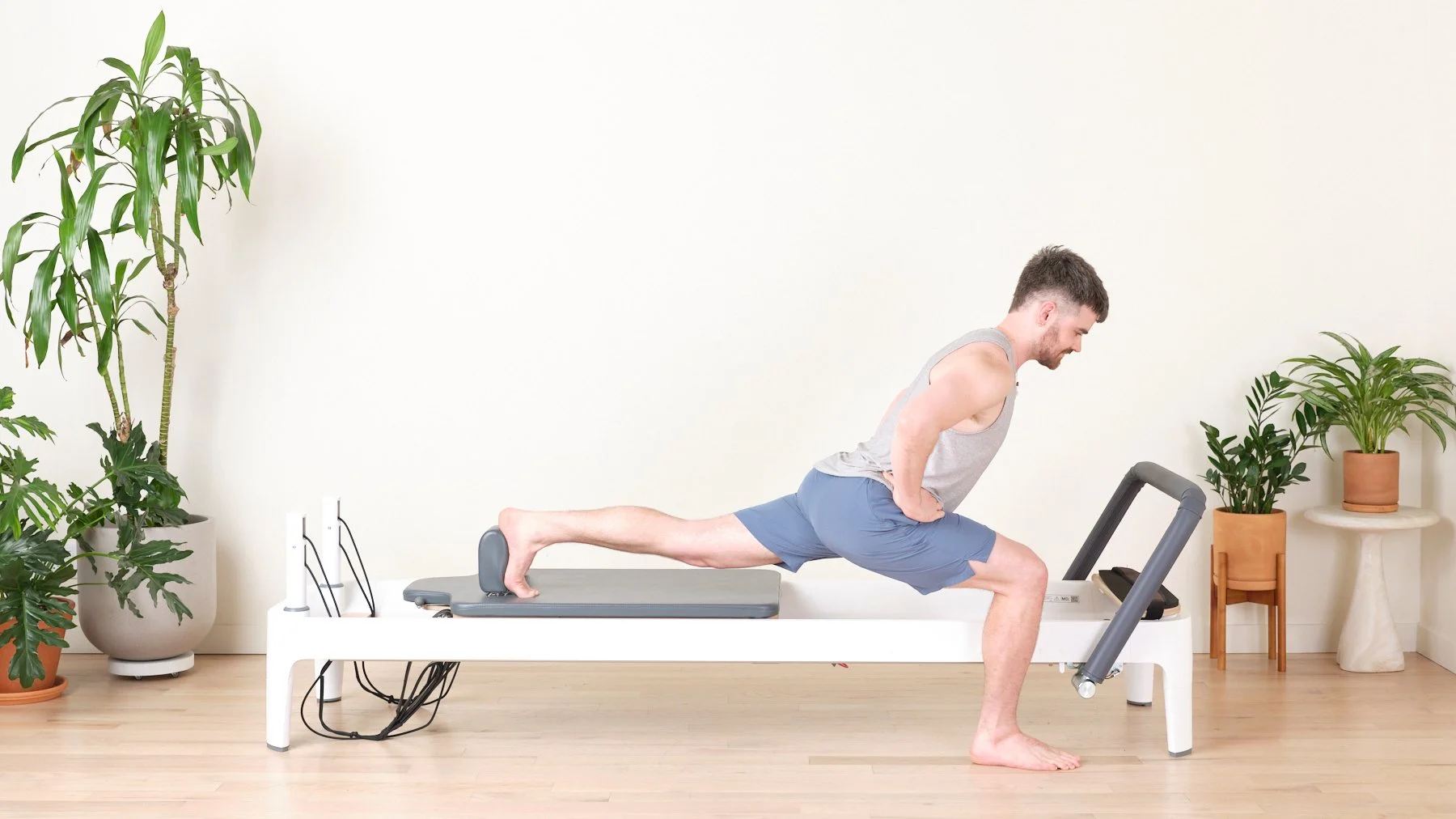Strong to the Finish Line: 4 PT-Backed Moves Every NYC Marathon Runner Needs
The last six weeks before the New York City Marathon (or any marathon!) are both exciting and daunting. You’ve logged countless miles, built endurance, and tested your limits. But this is also the window when many runners’ bodies begin to break down. Nagging knee pain, tight hips, or sore calves can derail even the most disciplined training plan.
As a physical therapist, I’ve seen it time and again: runners put in the work on the road but skip the essential cross-training that keeps their bodies resilient. The good news? With just a few functional exercises woven into your weekly routine, you can improve strength, stability, and recovery — giving yourself the best chance to toe the line in November feeling strong and confident.
Why Cross-Training Matters in the Final Stretch
Running is repetitive. Step after step, mile after mile, the same muscles take the load while others lag behind. Over time, this creates imbalances that can lead to injury. Cross-training with strength and mobility work fills in those gaps, reinforces your running form, and improves efficiency.
And it doesn’t take much: research shows that adding even two days of strength training per week can improve running economy (how efficiently your body uses oxygen) and reduce injury risk. Other studies have found that targeted core work helps runners maintain posture and efficiency when fatigue sets in — key in those late miles through Central Park.
The 4 Moves Every Marathon Runner Should Know
These are simple, functional exercises you can do with little equipment (mat-based) or, for those training in studios, on the reformer for added challenge.
1. Single Leg Hinge (Glutes & Hamstrings)
Builds posterior chain strength, crucial for running power.
Improves balance and stability to keep your stride efficient.
Think: one strong push-off with every step.
2. Split Lunge Press (Quads, Glutes & Calves)
Mimics the running stride in a controlled environment.
Trains glute and quad power while reinforcing knee alignment.
Add a back heel lift for calf strength and endurance — perfect for late-race push-off power.
3. Standing Core Anti-Rotation (Pallof Press)
Strengthens obliques and deep core muscles for posture and efficiency.
Prevents wasted side-to-side motion that saps energy late in the race.
A stable trunk = forward drive without leaks in the system.
4. Dynamic Lunge-to-Hamstring Flow (Mobility & Recovery)
Active stretch that opens hips and lengthens hamstrings.
Keeps stride length fluid and reduces tightness after long runs.
Recovery you can feel immediately.
How to Use These in Training
Add them to your strength days 2–3 times per week.
Keep load high and reps low and controlled (quality > quantity).
In taper weeks, shift emphasis to core and mobility for freshness.
Even 15 minutes of focused cross-training can make a huge difference in keeping you healthy and strong as race day approaches.
The Bottom Line
You’ve worked too hard to let preventable aches or injuries hold you back in the final stretch. By training smart — not just more — you’ll set yourself up to cross the marathon finish line with strength, confidence, and maybe even a smile.
We’ll be sharing these exercises as part of our Marathon Moves reel series on Instagram all through October. Follow along at @spring_movement to see each move broken down week by week — and add them to your training as you get closer to race day.
References
Eihara, Y., et al. (2022). Heavy Resistance Training Versus Plyometric Training for Improving Running Economy and Time Trial Performance: A Systematic Review and Meta-analysis. Sports Medicine – Open.
Behm, D. G., et al. (2023). The Effect of Core Training on Physical Fitness, Sport Performance, and Injury Risk: A Systematic Review and Meta-analysis. Behavioral Sciences.
Llanos-Lagos, C., et al. (2024). Effect of Strength Training Programs in Middle- and Long-Distance Runners’ Economy: A Systematic Review and Meta-analysis. Sports Medicine.



